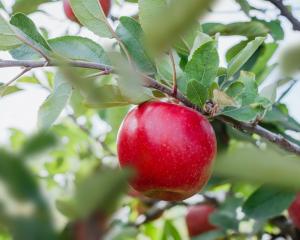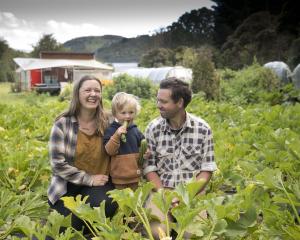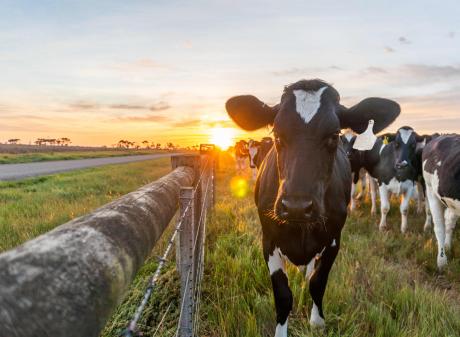
A roller-coaster ride for prices and demand over the past two years has disrupted the market, initially with the war in Ukraine spiking grain prices.
Market highs reversed when maize growers tried to catch the tail-end of the peak just as the dairy market reduced demand for silage and international prices plummeted.
Maize silage crops unwanted by dairy farmers were also taken through for grain, leading to an oversupply in the North Island, compounded by a shortage of storage facilities.
Crop yields are up in most regions and for the total area planted contributed to the larger volumes with a survey released last week by the Arable Industry Marketing Initiative (AIMI) showing a major drop in planting intentions for this season.
Unlike the North Island, where many growers are maize-growing specialists, South Island growing is on a smaller land base and growers produce a range of crops.
Foundation for Arable Research (Far) business operations general manager Ivan Lawrie said maize growing was expanding in the South Island, driven by technology changes, new hybrids and the expectation the climate would get warmer.
"But there are two different situations. In the North Island traditionally about 20% to 30% of the area sown in maize goes to grain and about 70% is intended for silage.
"We are still trying to unravel how the situation came about. It’s a combination of factors, but some of it is silage contracts which weren’t taken up because of a depressed outlook in the milk market last year meant some growers opted to keep their crops on for grain. High grain prices in the previous season — and we got to see north of $600 [per tonne] in 2022-23 — probably created some expectations prices would hold.
"The reality was when growers went to sell when they hadn’t contracted at the [lower] price that was offered by the market ... they got into a situation where there was too much grain on the market for the demand that was there."
Eastern North Island growers restricted to grain also faced high transportation costs.
Mr Lawrie said South Island growers had the advantage of producing a wider range of crops with infrastructure developed for more options.
He said southern growers would have felt a slight decrease in demand last year across the country, resulting in dips in maize prices.
The dips tended to accompany a lower milk price, as happened for other feed crops produced by arable growers, he said.
"But the main demand of that maize in the South Island is feeding the dairy industry and it does supply the dairy industry quite directly.
"There is demand for that and a lot of farmer-to-farmer agreement on the silage supply with dairy farmers relying on arable farmers who can grow maize under contract for those clients."
Mr Lawrie said irrigated Far trials of maize generating "excellent" results in the South Island were on par with North Island production in many cases.
That included maize research at the organisation’s Chertsey site begun four years ago and paddock-scale production at its Lincoln farm.
Maize was harvested in the "high-20s" for tonnes of dry matter produced per hectare — albeit that the bulk of North Island maize was on dryland farms with the advantage of high rainfall and sunshine patterns.
"The potential is definitely there. Obviously, warmer summers are conducive to higher yields as these are summer crops. So there is a seasonality about it."
New hybrids entering the market which were higher yielding and earlier maturing were suited to the South Island climate and were making it more appealing for growers.
Harvests were in late summer to early autumn.
"There is plenty of research we have done from an arable perspective to show the advantages of using maize and grain and other types of grain silage for the dairy sector for mitigating some of the environmental [issues] and also for increasing production."
Reasonably deep-rooted maize plants absorbed nitrogen and feeding it to cattle balanced their diet, he said.
Mr Lawrie said the poultry industry had absorbed some of the North Island-grown maize grain when prices were competitive for them.
Some of it also went to the starch market and a small amount was turned into tortillas and other food for human consumption.
"Definitely, the poultry industry did step in and buy local maize, which is good, but obviously not at a price which is keeping our growers happy."
An $8/kg milk payout forecast for this coming dairy season augurs well for growers of maize silage with long-standing relationships with dairy clients.
Growers who got caught out without grain contracts would be looking to secure contracts.
There have been suggestions earlier signalling by the dairy industry about how many hectares of maize silage is needed each season might assist growers to better plan their maize planting programmes.
This could prove difficult as milk payout forecast shifts from one season to the next and can vary widely within one season.














